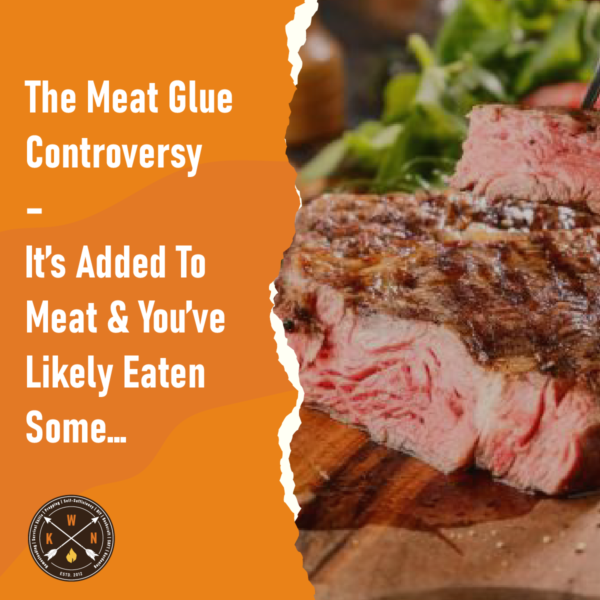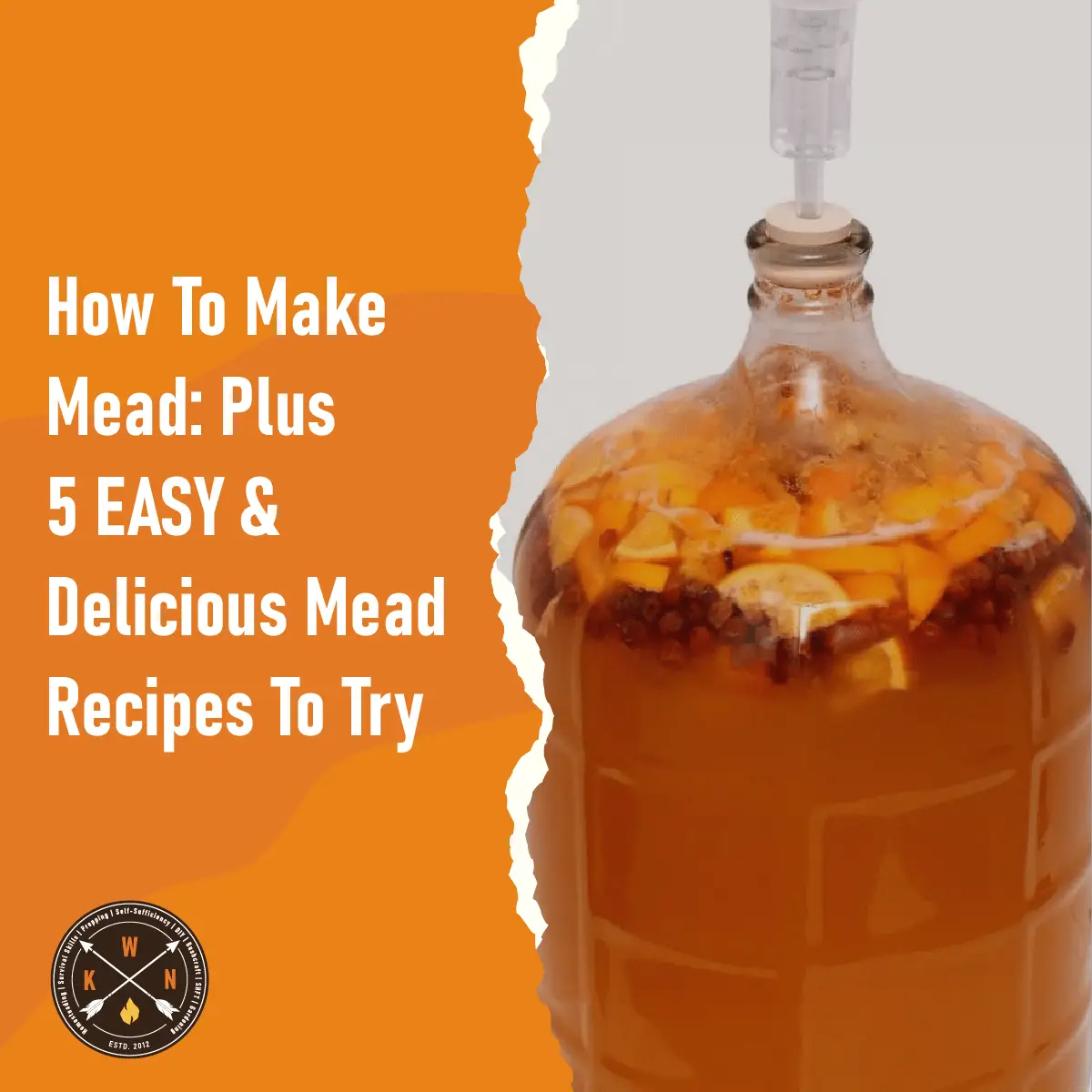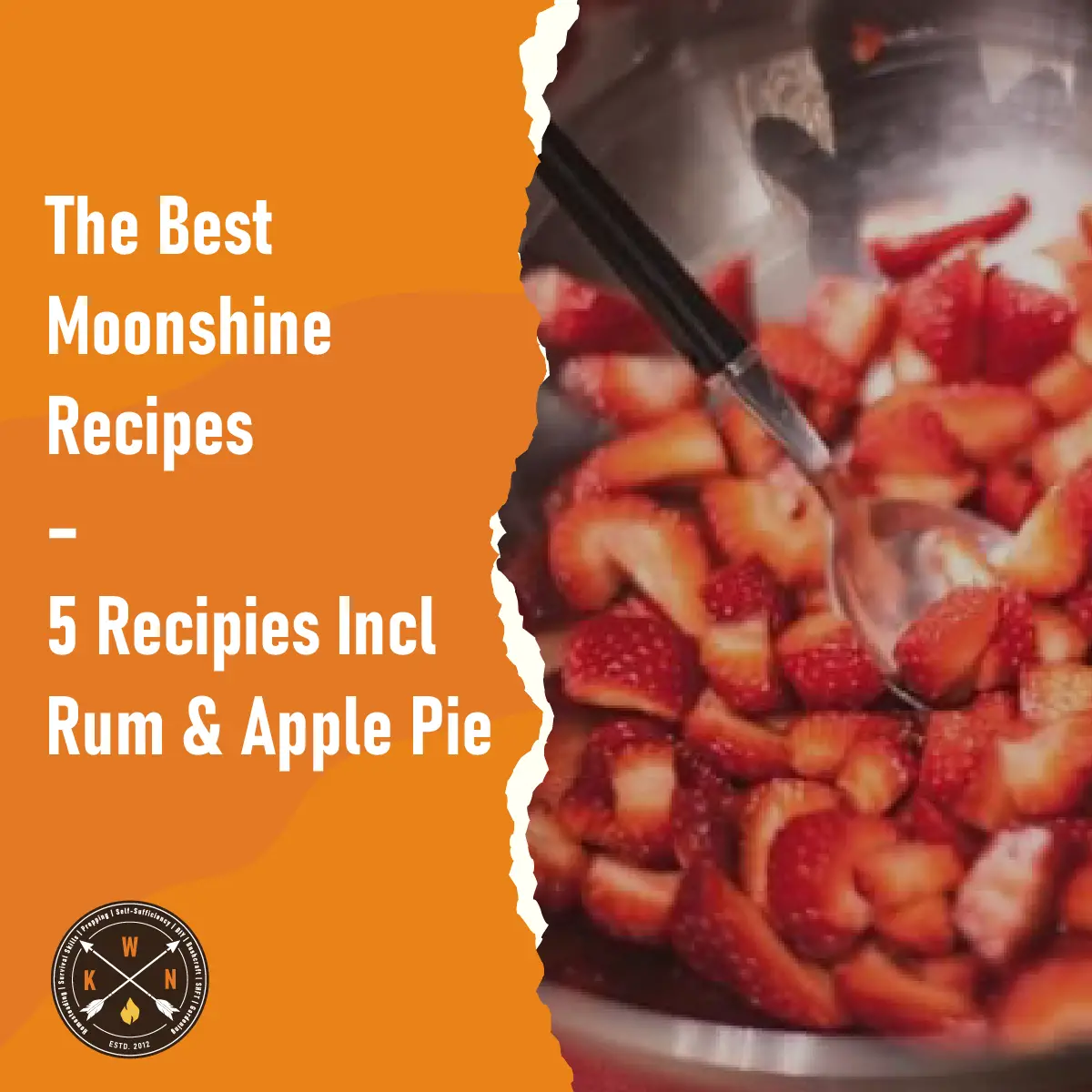
In recent years, meat manufacturers have come under great scrutiny. First, it was the infamous “pink slim” reportedly used to make hamburger meat, and now, meat glue is the latest hidden ingredient gaining attention. Much like its name suggests, this compound is added to meat to create an invisible and durable bond, which results in larger, plumper, cuts of meat. While the use of this binder is seen throughout the culinary world, what is meat glue? Moreover, is it safe to eat?
Table of Contents
ToggleUncovering the Mysteries of Meat Glue
The term “meat glue” conjures images of young children playfully pouring little canisters of glue into a vat of beef. While enjoyable, the truth is much harsher.
Translutaminase and thrombian, as food scientists know it by, are the two primary compounds used to create the glue. Originally derived from an enzyme found in animal blood, these constituents are now primarily manufactured through a complex bacterial fermentation process.
When finalized, this enzyme turns into a light powder, which is then poured over two or more pieces of meat. Once vacuumed sealed, the compounds slowly attach the individual meat pieces until they appear as one single slab of beef. Many restaurants in England were charged with tricking consumers into believing their meal was a whole cut of meat when, in fact, they were eating smaller, less-quality, cuts that were simply glued together. Because of this, meat glue is banned from public use in England.
It’s easy to see how consumers, and “foodies,” could become upset with this process, but outside of the false advertising element of glued meat, are there any health implications?
Meat Glue – Is It Safe?
While many government agencies declare meat glue as “generally recognized as safe,” health advocates offer a different story.
When meat is slaughtered and transported to groceries or restaurants, the outside of the meat comes into contact with a myriad of germs and bacteria. For this reason, the exterior of meats must be properly cooked; however, in foods such as steak, the interior can be consumed rare because the center of the meat remained sealed off and sterile.
But when various pieces of meat are “glued” together, the center of the newly formed steak may contain pieces of meat that were exposed to bacteria, such as E. coli. Because the steak is cooked rare, the interior is not fully heated to kill this bacteria, which may result in serious health implications.
Outside of exposure to harmful germs and bacteria, meat glue does not seem to cause adverse health reactions by itself. While this ingredient may not directly harm you, consuming rare meat does increase the likelihood of accidental exposure to illness-causing germs.
While virtually impossible to determine if your meat has been glued together, shopping at local meat markets and avoiding packaging that says the meat was “formed” or “shaped” reduces your exposure to this unnecessary food additive. If you must eat meat that’s been glued, only order well-done steaks to eliminate the likelihood of consuming contaminated meat.




